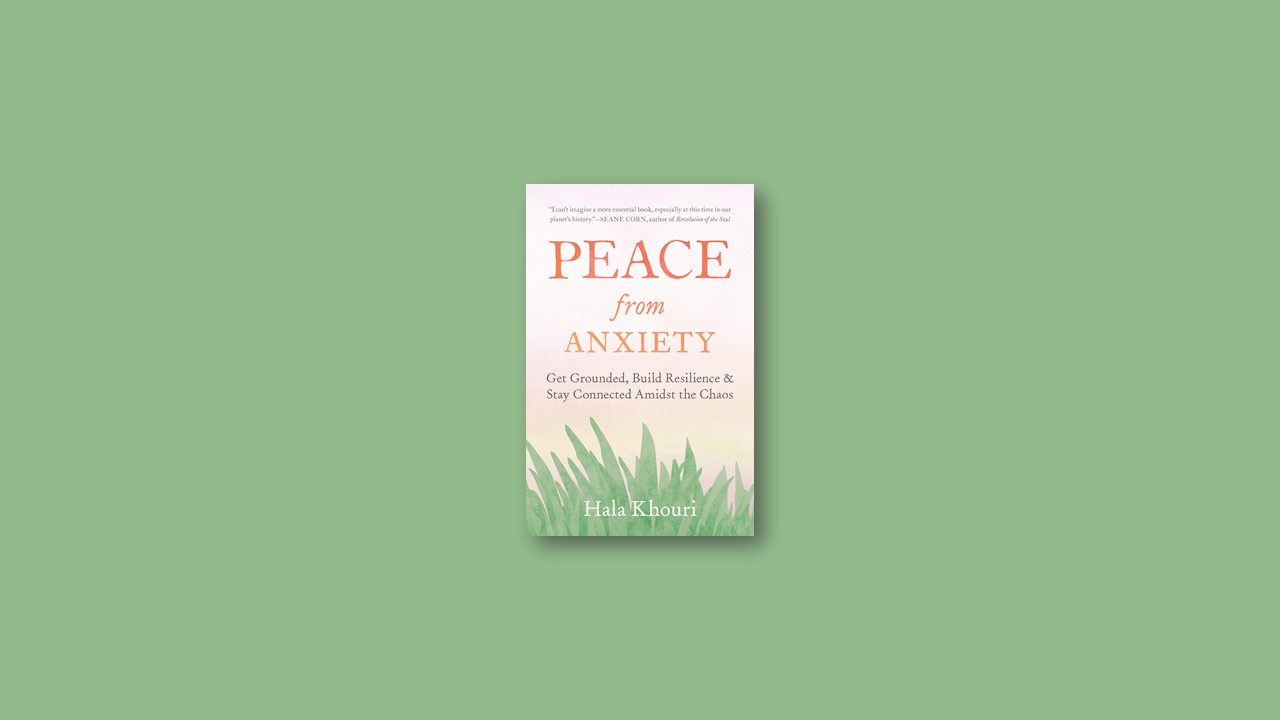Trusting Your Body Again: Overcoming Obstacles to Feeling Good
It’s not always easy to be with ourselves, especially our uncomfortable feelings. When we can’t be with that stuff, many of our actions will be an attempt to run away and avoid it. Also, when we run away from the bad stuff, we run away from an important source of wisdom that we need in order to navigate our life—our body!
Many of us are not given the tools to go inside and figure out how to trust our bodies, minds, and hearts. We live in a culture that normalizes and encourages looking outside of ourselves for satisfaction and well-being. We are bombarded with messages: “If you feel bad, just buy these shoes, or lose some weight, or find the perfect partner.” We are taught early on to look outside of ourselves for happiness and satisfaction.
Regaining trust in ourselves can be a lifelong journey. We are layered beings, and life will always bring us new challenges and opportunities. Healing is more like a spiral than a straight line. We will find ourselves revisiting issues that we thought we had resolved, only to find that there is more work to do. Understanding the workings of our body, brain, and nervous system can be a powerful resource for navigating the ebbs and flows of this journey.
Reclaiming Our Capacity to Heal: Tools for Releasing Stress and Anxiety
When we are dysregulated, we can get fixated on one unpleasant aspect of our experience. We feel one cue of anxiety, and suddenly we are hyperfocused on it, fueling it with our attention and fear. But what if you felt the sensation of anxiety and then felt your feet on the floor, or your hands on your body, or took a deep breath? What if the anxiety became only one of the things you are feeling, rather than the only thing? When we are having a feeling that we don’t like or are afraid of, we can sometimes give it all of our attention and miss cues of other things going on that could balance out our experience or help us be with it rather than being overwhelmed by it or running away.
Find a comfortable seated position. Start by finding something that feels good or supportive in your body or in the room. It can be your feet on the floor, your bottom in your chair, your back against a wall; it can be your breath or a candle; it can be an object that you hold in your hand. Anchoring your awareness in this resource, start to notice other sensations, emotions, or images that might emerge. Each time you notice something, say, “And this too I shall include.” Then softly move on and see what comes up next. If you feel overwhelmed or you find your mind wandering (which it will do), simply focus again on finding something that feels supportive in your body or in your surroundings. I suggest doing this for about five minutes.
Building emotional complexity means that we don’t need everything to be exactly perfect to feel okay. We are able to go with the flow. We are able to include and accept what life brings us without needing to control all of it.
Transforming Trauma: The Gift in the Wound
Trauma shapes us. We are shaped by all of our life experiences. Trauma can trap us in the past, it can transform us into something more beautiful and capable than we were before, and everything in between. The process of transformation can be scary, which is why it often seems easier to resist the pull of transformation and stay safely stuck right where we are.
Transforming trauma takes courage. The butterfly is a metaphor often invoked when we speak of transformation; the struggle to break out of the chrysalis symbolizing life’s struggles and how they help us become stronger. Did you know that before the caterpillar transforms, it first “melts” into a goo? It releases enzymes that literally digest its own body. I love this image because it points to how sometimes transformation can feel like a dissolving of our old self into a new self. The process can feel like death. It’s scary!
This is why for so many people it’s much easier to hold on to who we are and not let ourselves be changed. This holding on can be the source of our anxiety. Sometimes our anxiety is the energy of fear resisting this pull to transform. By playing it safe, we may feel more in control, but we also miss the chance to risk change and find peace.
A Few Thoughts about Suffering: How Being with Our Pain Can Open Our Hearts
Buddhist philosophy tells us to embrace suffering—not just our own but also the suffering of the world. Engaged Buddhism aims to apply the insights of meditation and dharma teachings to situations of social, political, environmental, and economic suffering and injustice. One of the precepts for practitioners, according to Thich Nhat Hanh, is: “Do not avoid contact with suffering or close your eyes before suffering. Do not lose awareness of the existence of suffering in the life of the world. Find ways to be with those who are suffering, including personal contact, visits, images, and sounds. By such means, awaken yourself and others to the reality of suffering in the world.”
Thinking about others can help us decrease our suffering. In fact, unhappy people tend to be very focused on themselves and this can fuel their suffering. Letting suffering in can let our hearts open to greater love and gratitude.
Start by getting grounded and settled. Then, on your in-breath, imagine that you are inhaling heavy, hot air. On your out-breath visualize exhaling cool, light air. Continue with this pattern—breathing in heaviness and breathing out lightness—until it is familiar to you. The heaviness is suffering; the lightness is well-being.
Think about someone you care about who is suffering. Breathe in their suffering; imagine it as heavy, hot air. Let their suffering touch your heart, and then breathe out the cool air of healing and well-being. Repeat this a few times.
Think about your own suffering, and breathe in your own suffering, heavy and hot, and then breathe out the cool air of lightness and healing. Repeat this a few times.
Finally, think about all the others on the planet who might be suffering as you are. Breathe in their suffering with yours, and breathe out the cool air of possibility, healing, and lightness. Repeat this a few times.
Connection Is the Key: Being Well Requires Us to Depend on One Another
Although there are many instances of people reaching out to help one other in situations of stress and trauma, these days it can seem like conflict and division are the norm rather than connection and care. This is partly a result of a media that thrives on reporting sensationalist, negative events that inspire fear in us. Media outlets are vying for our attention, so the simpler a story is, and the more it catches our eye, the more likely people are to read it.
the world is a much kinder place than we see in the news. But those stories don’t grab our attention. How often do we read headlines that highlight people supporting each other? Unless it’s a supremely heroic act, those everyday acts of kindness largely go unnoticed in the news. This is why we need to see them around us in our lived experience. If we look for them, we are likely to find them, even in the most unsuspecting of circumstances.
Being well is about coming back into right relationship with ourselves, each other, and the planet. It is about remembering our interdependence with all things. We are part of this amazing web of life; when we are not reminded of this consistently, it wears away at our life force and spirit.
Self-Reflection and Action: Living a Life Oriented toward What Is Possible
If you find yourself creating unrealistic expectations for yourself or the people around you in a way that, ironically, creates more separation or shutdown, revise your standards! Be more forgiving. Whether it’s using somatic tools, working on building your connection ecosystem, or developing critical consciousness, chances are your process will be clunky. You’ll have moments of feeling the positive impact of this work, and you’ll have moments of feeling like an awkward adolescent fumbling through life.
Everyone on this planet wants peace. Peace from anxiety, peace from conflict, and peace from the illusion of separation. We can all find ways to let our anxiety and suffering open us up to being more compassionate and integrated so that we can contribute to a reality where everything we do is based on recognizing our interdependence.


